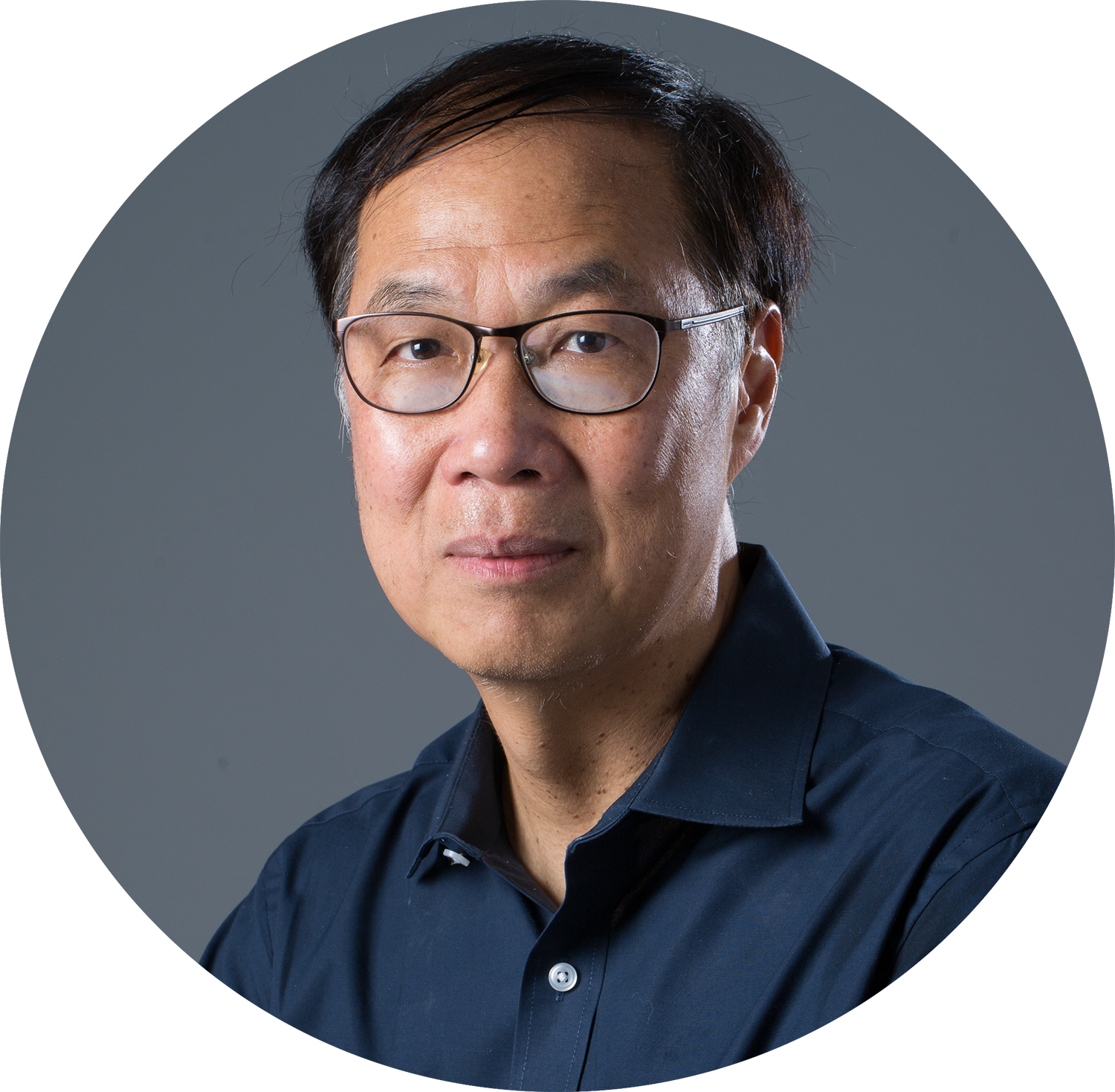



What can be done to Improve the Formulation of Nanotherapeutics?
Kam W Leong
Samuel Y Sheng Professor
Department of Biomedical Engineering
Department of Systems Biology
Columbia University, New York, NY 10027
Although major advances have been made on chemical innovations of nanocarrier design, scant attention has been paid to the scaled-up formulation of nanoparticles, neglecting the critical barrier for the translation of nanomedicines. The field has been relying on bulk processes that are typically poorly controlled and suffer from batch-to-batch variations. We have been searching for formulation technologies that are continuous, scalable and operator-independent to facilitate nanotherapeutics manufacturing. The flash nanocomplexation technique (FNC) recently developed at Johns Hopkins University is particularly promising for the manufacturing of nanoparticulate delivery systems that are based on polyelectrolyte complexation in the formation of drug- and gene-loaded nanoparticles. I will discuss our effort on addressing the challenge of nanotherapeutics manufacturing ranging from mechanistic study of the kinetics of polyplex formation to microfluidics-assisted self-assembly and to coating with FNC.

Kam W. Leong is the Samuel Y. Sheng Professor of Biomedical Engineering at Columbia University. He received his PhD in Chemical Engineering from the University of Pennsylvania. After serving as a faculty in the Department of Biomedical Engineering at The Johns Hopkins School of Medicine for almost 20 years, he moved to Duke University in 2006 to study the interactions of cells with nanostructures for therapeutic applications. After moving to Columbia University in September 2014, he continues to work on nanoparticle-mediated nonviral gene delivery and immunotherapy. He also works on the application of nanostructured biomaterials for regenerative medicine, with emphasis on direct cellular reprogramming, genome editing, inflammation modulation, and human tissue chips. He has published ~330 peer-reviewed research manuscripts with >45,000 citations, an h-index of 111, and holds more than 60 issued patents. His work has been recognized by a Young Investigator Research Achievement Award of the Controlled Release Society, Distinguished Scientist Award of the International Journal of Nanomedicine, Clemson Award for Applied Research of the Society for Biomaterials, and Life Time Achievement Award of CASNN. He is the Editor-in-Chief of Biomaterials, a member of the Taiwan Academia Sinica, International Institute of Medical and Biological Engineering, USA National Academy of Inventors, and USA National Academy of Engineering.